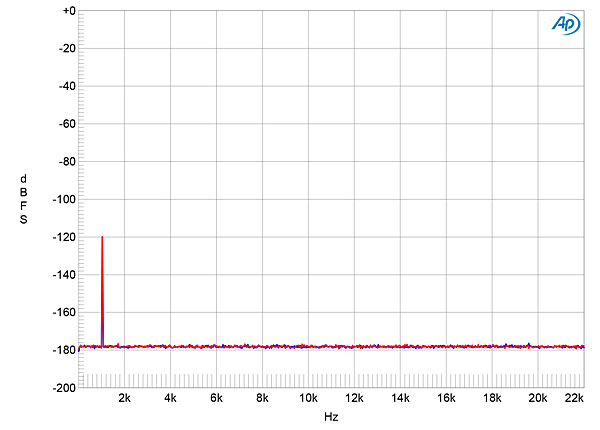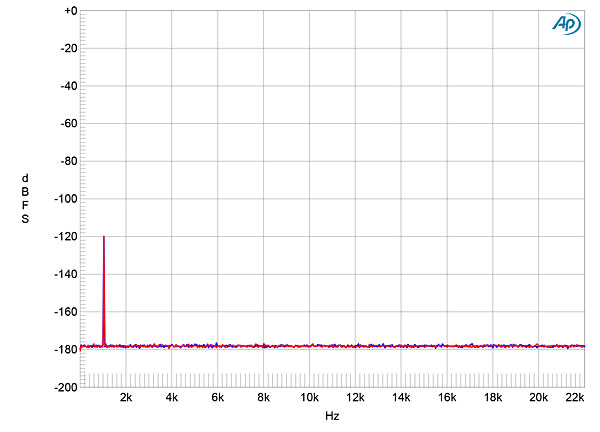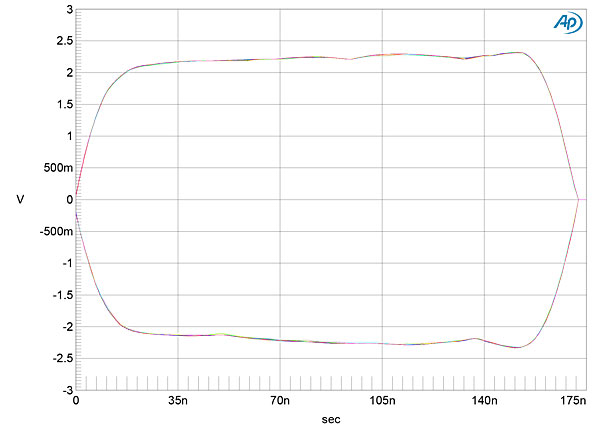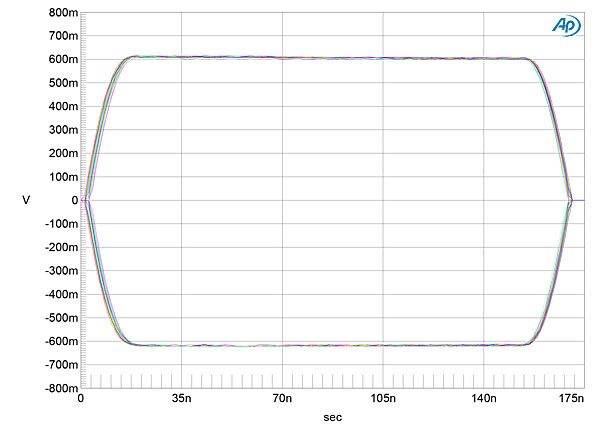| Columns Retired Columns & Blogs |
Once you've purchased the SACD then it's yours to deploy and access as you wish on 'fair-use' terms. I would not care tuppence for the legality or otherwise of the described usage, and I doubt Sony / Phillips / RIAA / Whoever would have a snowball-in-hell's chance of prosecuting. Did anyone who accessed the S-A bitstream from a PS2 to create .diff files ever get prosecuted? No. That's not to say that those corporate swine might not go after Geer, but that's another matter and one assumes that part of the three-years of 'complexity' was his making sure that he wasn't putting his own ass on the line. Well done Him, but your cautions to your readers are, I think, misplaced, and are perhaps a product of today's streaming culture where users are encouraged to adopt the mindset that they don't 'own' the music that they pay for, whether virtual- or physical-media.
My 2p-worth anyway. Once I converted the early Genesis SACDs to their .diff files and transcoded these to 24/88.2 to look at the waveforms and saw that they had all been maximised in a PCM-step, that was the end for me and I gave up on digital entirely.
Props to Geer all the same. I'm back in vinyl heaven -- and my music is Mine...












































